Gucci – Head-to-toe luxury
The three stages of Gucci
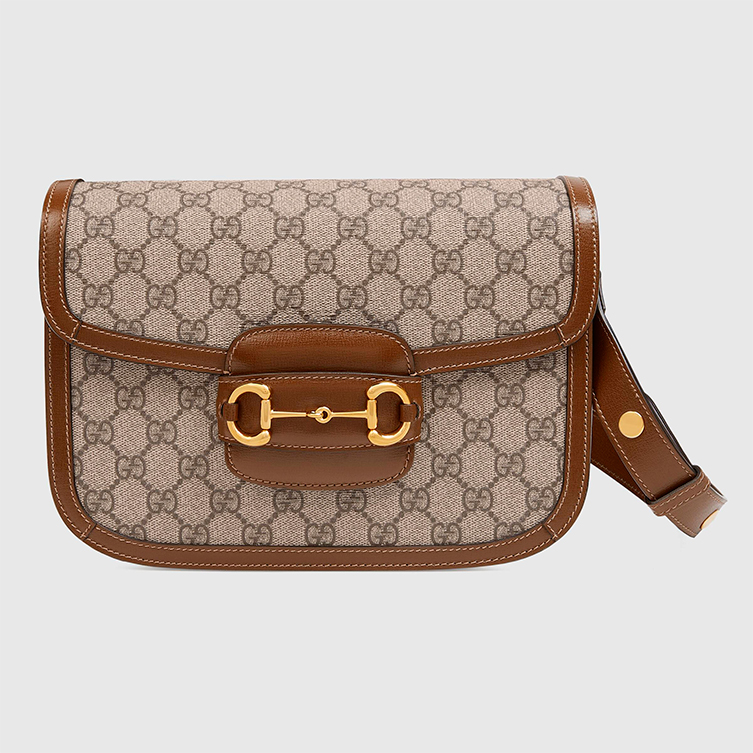 Gucci handbag and horse bit symbol | 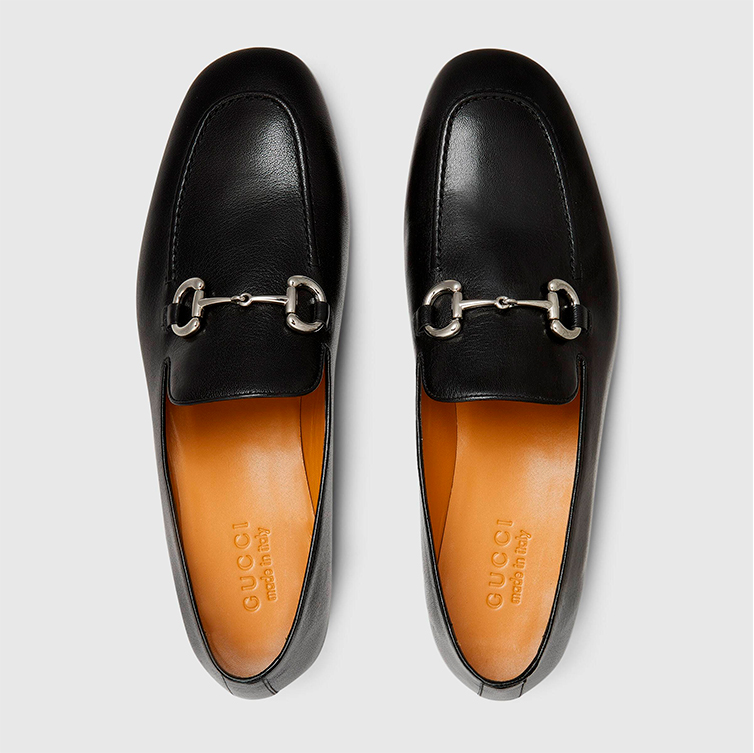 Gucci shoes and horse bit symbol | 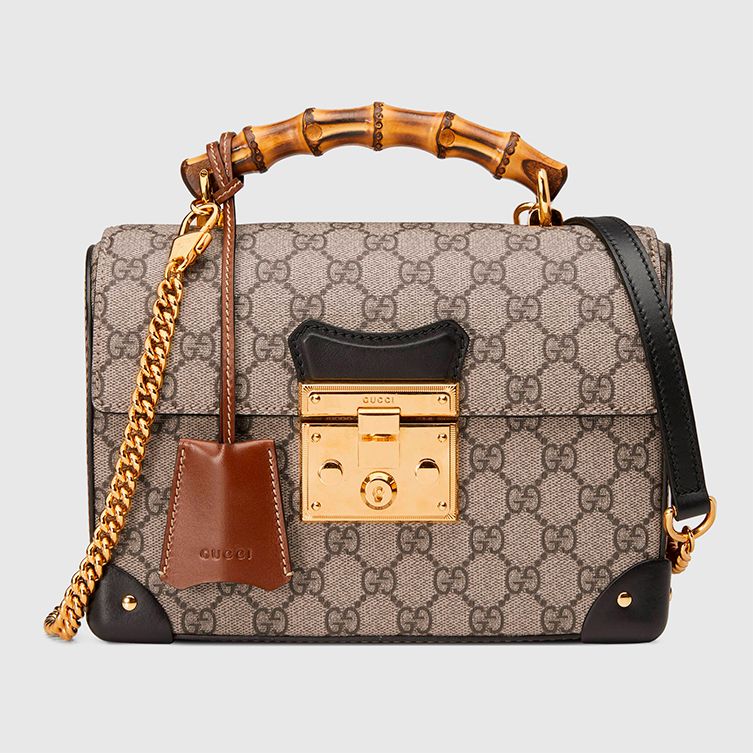 Handbag and bamboo handle |
Guccio and sons – The birth of an empire
Now one of the world’s most iconic luxury brands, Gucci celebrates its 100th birthday this year. And yet the fashion house came from humble beginnings—a leather goods shop founded by Guccio Gucci in 1921. Over time he gained a following among the aristocracy for the quality of his work. Equestrian flair was a source of endless inspiration for Guccio, who showcased Italian craftsmanship by collaborating with local artisans to craft the finest Italian leather goods. Today the iconic horse bit and stirrup are still synonymous with the brand and symbols of its success. Guccio’s sons took the reins in the 1930s. It was during this time—shortly after the outbreak of World War II, when leather was hard to come by—that they hit a series of homeruns. The forward-looking company pivoted from its original métier, launching its now-signature bamboo handled bag, followed by jute, linen, and hemp bags. The brand began expanding internationally after the founder’s death in 1953. Soon after, one of Guccio Gucci’s sons, Aldo, came up with the trademark interlocking double-G logo as an homage to his late father. In 1960 the brand opened its first stores in the U.S. and style icons like Jackie Kennedy-Onassis, Grace Kelly, and Elizabeth Taylor (to name but a few) began sporting Gucci designs, strengthening its position in the luxury market. The company continued to expand in Europe and entered the Asian market in 1970.Frida Giannini – Exclusive luxury
Under the leadership of a new creative director, Tom Ford, the 1990s were a bold and innovative era for the fashion house. Gucci continued its meteoric rise, playing up a sexy, eclectic, and colourful aesthetic. The design house also expanded beyond ready-to-wear into cosmetics, watches, and sunglasses. Under Ford, its avant-garde approach and brazen-yet-sophisticated collections attracted the attention of some of the era’s larger-than-life stars, like Madonna. In 1999 Gucci and Yves Saint Laurent joined Kering, a world-class luxury group housing emblematic labels Bottega Veneta, Pomellato, and more. In a return to Gucci’s roots, Italian designer Frida Giannini took over the creative direction in the early 2000s. She moved the focus away from provocation to bring the brand back to its beginnings: elegance, detail, and Italian quality. It was also during her tenure that Gucci became a meta-luxury brand. Italian heritage and craftsmanship were part of the label’s essence, and Gucci continued making its products in Italy despite this astronomical growth. With Gucci then (and still) considered one of the most influential fashion houses in the world, it’s no surprise that many Hollywood darlings of the day, including Drew Barrymore, Jennifer Lopez, and Chris Evans, were eager to be ambassadors for the house’s various collections (jewelry, eyewear, perfume, etc.). In 2011, four years before Frida’s departure, Gucci opened its own museum in Florence, where it all began.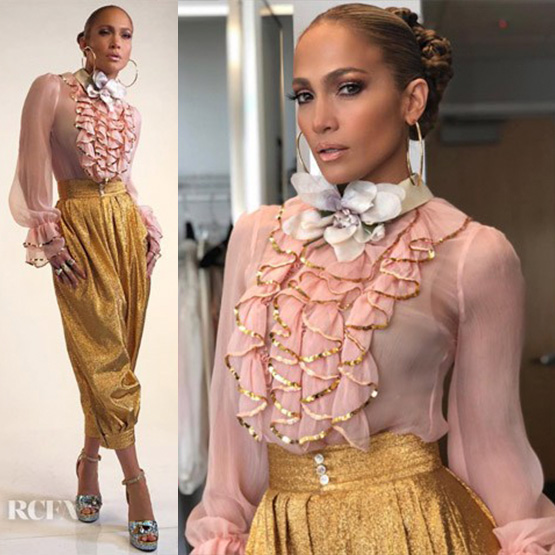 | 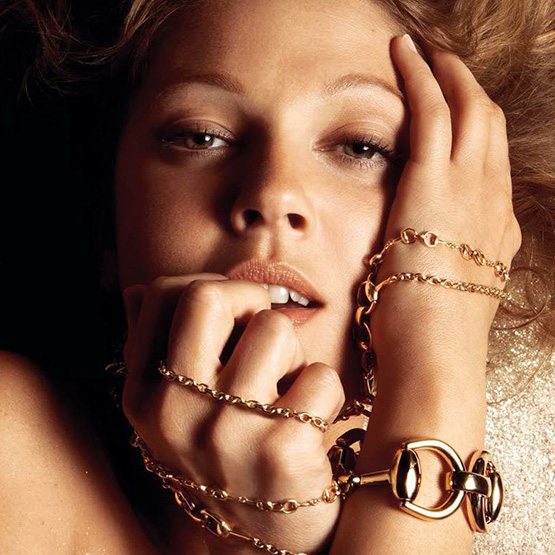 | 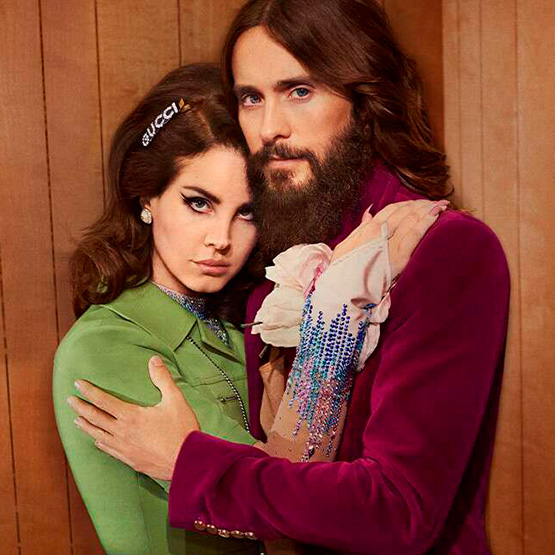 |  |
Alessandro Michele – Italian heritage made modern
With some years under his proverbial belt as head accessories designer, Alessandro Michele took over as creative director after Frida’s departure. Alessandro’s bold debut collections revealed his determination to completely reimagine the label without forgetting its past.Gucci turns its sights on eyewear
The first Gucci sunglass collections date back to the 1990s. They quickly gained “it” status, so the fashion house decided to expand into prescription eyeglass design. Like its ready-to-wear and accessory collections, the Gucci eyewear line is distinctive for the flair, quality, and eye for detail built into every frame.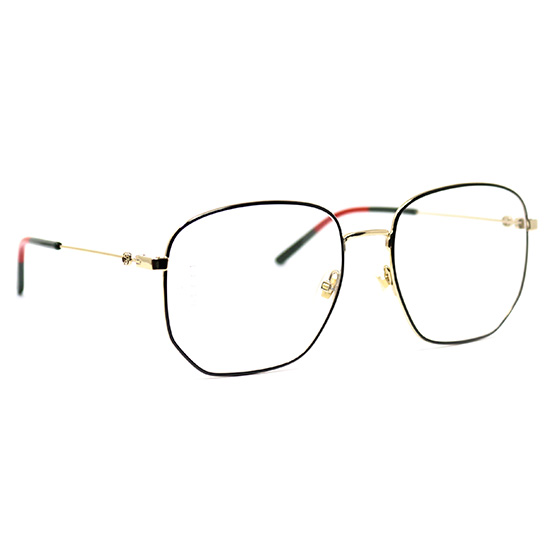 | 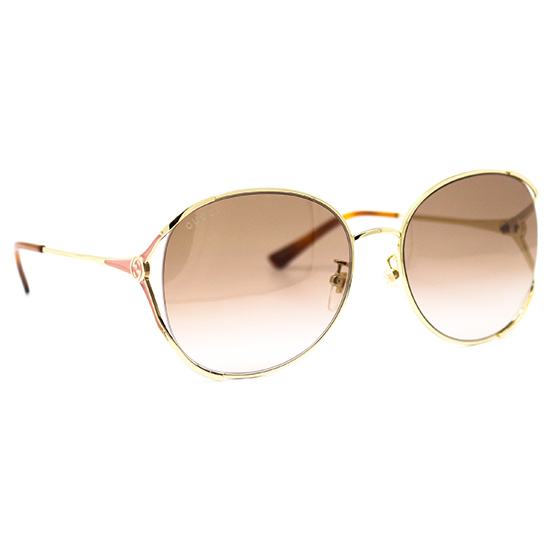 | 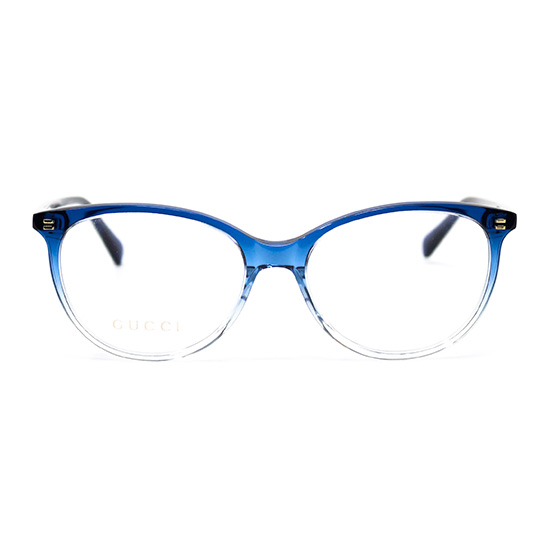 | 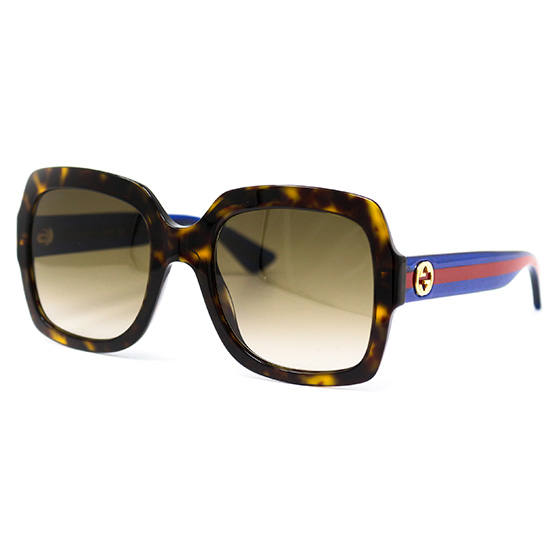 |
- Brand story
- Collection
- Gucci



